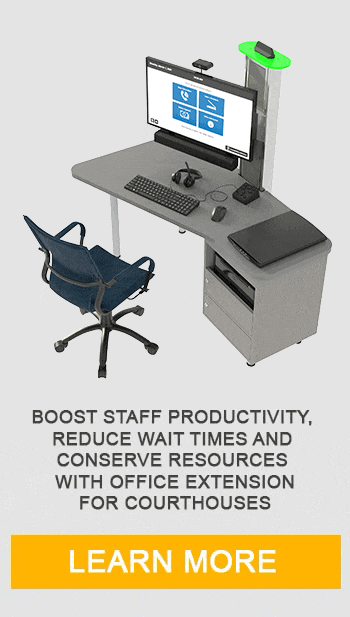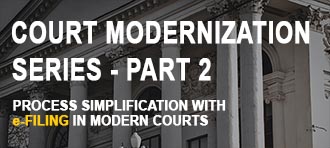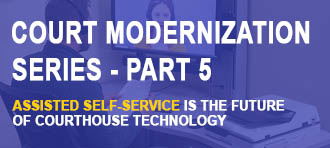The University of Tennessee Health Science Center provides enhanced service and efficient queuing to its students through digital kiosks.
For the University of Tennessee Health Science Center, which serves a community immersed in the latest technology, the admissions department developed a plan to better serve students through the use of digital interactive media. Prior to the fall semester in 2013, Director of Admissions William Carter was tasked with creating a full-service student health center from the ground up, a “one-stop shop” as he put it.
Development of the project involved a group of department staff members. The team examined several ideas for providing a better visitor experience. Carter’s history 
There were two primary motivators for adopting this technology at the Health Science Center. First, the department sought ways to shorten intake times and streamline the visitor registration process. With students balancing limited time budgets, Carter recognized there was a need to notify students waiting to be served what their estimated wait time would be. In addition, students felt the traditional pen-and-paper registration process was cumbersome and archaic.
Second, Carter and his staff sought to improve collection, organization, and reporting of visitor data. His team wanted to be able to analyze data that would reveal trends to which they could respond more effectively with appropriate staffing levels or greater resources. For example, once the Freestanding kiosks were installed at the entrance to the lobby and waiting area, Carter found that during January 2014, 80% of visitors to the center were second-year students from UT’s College of Medicine.
“With that kind of information,” Carter said, “I can design service options that target those students (during specific periods).”
Prior to the installation of the check-in kiosks (coated in bright Volunteer orange), staff would spend considerable time managing intake data. Carter admitted it was challenging to improve operations using the labor-intensive practices the department had in place. “We have unique needs not found in other industries,” he noted, “or even within the higher education community as a whole.”
As such, the demand to create a unique solution that would fulfill the department’s objectives was a daunting challenge. Its needs could not be solved with Advanced Kiosks’ existing out-of-the-box application. The development team worked closely with Carter to modify the program to suit the department’s unique requirements.
Each kiosk was loaded with Advanced Kiosks LobbyAttendant™, which provides a robust building directory and visitor services platform, and a customizable queuing solution (complete with a student ID card reader that stores check-in information with a swipe), which displays the intake stream through remote wall-mounted monitors.













